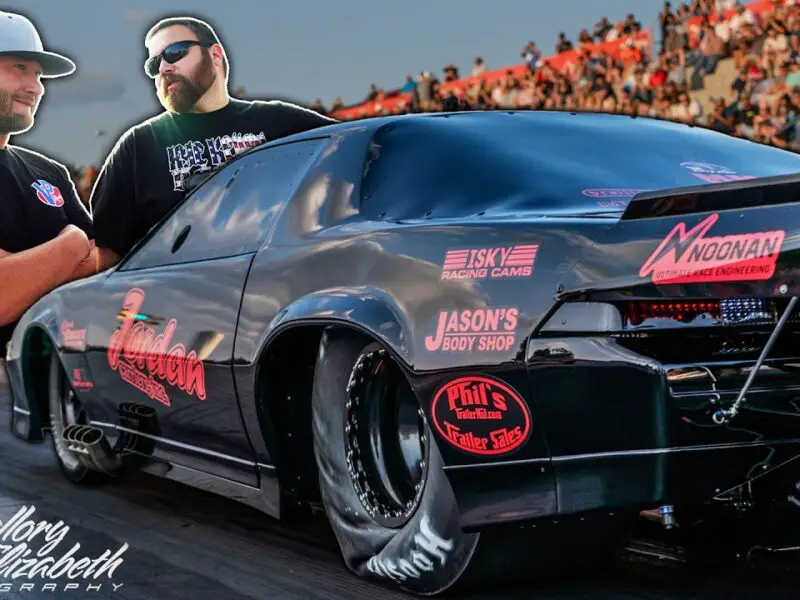Take a look at this, The Tire Size rule that could Help the Twin Turbo Combo on No Prep Elite!
In the world of “Street Outlaws: No Prep Elite,” tire size is a critical factor that influences the performance and competitiveness of the cars. As we delve into the intricacies of this high-octane racing series, we uncover how a simple change in the tire size rule could significantly impact the outcomes for twin turbo and other high-powered combinations.
The Evolution of Tire Size Rules
Back in the earlier seasons of “Street Outlaws: No Prep Elite,” specifically up to season five, there were no restrictions on tire size. Racers could equip their cars with 36-inch tall tires if they could fit them. This larger tire size was advantageous as it provided better performance, especially under challenging track conditions, such as those encountered during the heat of the day. The twin turbo cars, in particular, thrived with this setup, demonstrating impressive performance and speed.
However, things changed in season six when a new tire size restriction was introduced, limiting the maximum tire size to 34.5 inches. This restriction, which is still in place, has presented new challenges for racers, particularly those with twin turbo setups.
The Impact on Twin Turbo Cars
The reduction in tire size has notably affected the performance of twin turbo cars. The smaller 34.5-inch tire is less forgiving and makes it difficult for these cars to fully apply their power, especially in the second half of the track. Several twin turbo car owners have reported that this limitation has been a major hindrance to their performance in no prep races.
Reverting to the 36-inch tall tire could potentially help these cars regain their competitive edge. The larger tire would provide better traction and allow for more consistent power application, making twin turbo cars more formidable contenders on the track.
Benefits for Other Combinations
It’s not just the twin turbo cars that would benefit from a return to the 36-inch tire. Screw blown combinations, which generate significant boost on the brake and produce a lot of early power, also struggle with the smaller tire size. These cars find it challenging to tune for less optimal track conditions with the current tire restrictions. A larger tire would make it easier for them to manage their power and improve their overall performance.
Even ProChargers, known for their linear boost curve, could see performance gains with a larger tire. The increased traction and stability offered by the 36-inch tire could help these cars achieve faster times and better consistency on the track.
Preserving Diversity in Racing
The initial intention behind the tire size restriction was to level the playing field for racers who couldn’t fit the larger tires. However, most racers now have the capability to accommodate 36-inch tires. Allowing a return to this larger tire size could enhance the competitiveness of twin turbo cars, ensuring they remain a vital part of the racing scene.
Without this adjustment, there’s a risk that the field could become dominated by screw blown and ProCharger cars, reducing the diversity and excitement of the races. Maintaining a variety of competitive power adders is crucial to keeping the sport dynamic and engaging for both participants and fans.
Conclusion
The tire size rule in “Street Outlaws: No Prep Elite” plays a pivotal role in shaping the competition. A return to the 36-inch tire could provide significant benefits across different car setups, particularly for twin turbo and screw blown combinations. By revisiting this rule, the series could preserve the diversity and competitiveness that makes no prep racing so thrilling. As we look forward to future seasons, the potential for a tire size rule change brings renewed excitement and possibilities to the world of “Street Outlaws: No Prep Elite.”


